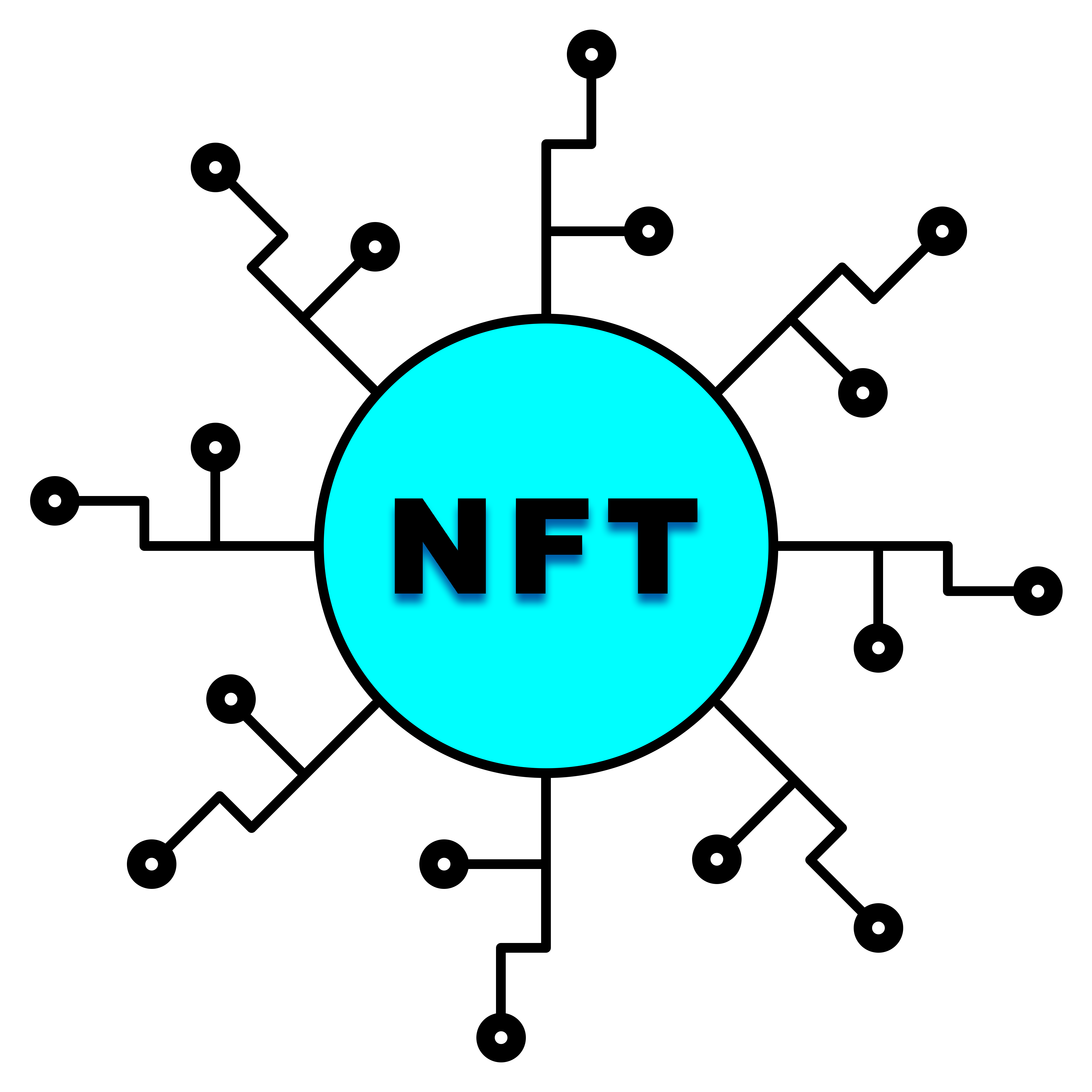People often hear the acronym NFT and have no clue what it represents. Others conclude that it is only plain art. The news on how Grimes sold NFTs for millions of dollars further contributes to the question around the digital asset. What exactly are NFTs? If they represent art, are they real art?
What Are NFTs?
NFT is the acronym for non-fungible tokens, which in simple words, conveys the idea that they are unique. Non-fungible tokens represent a piece of data stored on the blockchain, and their uniqueness is preserved by their originality and inability to be split into fractions. NFTs are functional on a blockchain and are rather popular on the Ethereum blockchain.
Essentially, these tokens can be any data, although drawings, artworks, graphic designs, photos, music, and videos are rather famous. They are often designed to provide individuals with something unique and impossible to copy. NFTs are also minted as digital representations of a work of art or a physical object like in the example of Snoop Dogg’s mansion. They can be minted from anything from a virtual racing car, a videogame logo to the photo of a celebrity’s cardigan or sweatshirt.
What Is The Point Of An NFT?
Essentially, the development of NFT tackles two significant concepts; proof of ownership and scarcity. One thing about the digital world is that things can be copied infinitely. However, NFT distinguishes the different copies available and the original. This way, the proof of ownership is tied to individuals and strengthened.
By creating something the digital world terms as original, there, in turn, arise the tag of commodity and the need for a marketplace. This is where scarcity comes in since each NFT is unique and special. Considering how much influence NFT has in the art world, optimistic projections show that these non-fungible tokens would transform the art world. Its influence would be pronounced to influence how people buy and sell art and the value placed on artworks and artists.
NFTs And Their Mark in The World Of Art
Art continues to change and evolve, thanks to the advent of technology and, more recently, the development and adoption of NFTs. According to artists and art houses, the blockchain adjacent art is considered more artistically interesting even amidst the speculation and hype than traditional art. According to these individuals, the creation of blockchain-based artworks and art representations has influenced the value of art even on a global scale.
In the world of art, NFTs have slowly spun a web of influence around themselves, now that digital art is globally recognized. With the development and adoption of NFTs, digital artists have been offered a platform with unique originality and authenticity to sell.
Yet, in the technical sense of reality, NFTs cannot be regarded solely as art because they are much more than images and diagrams. Jack Dorsey, at one time, marketed his first tweet in the form of an NFT for about $3 million. Technically, the image isn’t a depiction or representation of the NFT.
In the real sense, the NFT is the unit of data registered on the blockchain that gives the individual ownership of that image. This is why individuals can sell or buy these non-fungible tokens, as they reflect people and their interests. NFT cannot be considered art in the real sense of creating and bringing to life as it uses already created pictures, images, and representations that are presented in a digital form.
Others in the art world also think NFTs deviate from art in their traditional sense and provide a platform for digital artists to sell their art pieces and make money. The value of NFTs in the art world, however, cannot be undermined, as it gives digital artists and individuals the ability to both create digital artworks and track their ownership
Conclusion
NFTs are digital representations of works of art built on the blockchain to offer uniqueness and ownership privileges to their owners. Apart from the economic prospects, they are bound to have more significant impacts on the art world and its future globally. NFTs are not only beneficial to digital artists but also to art houses and galleries, even though many traditional artists do not regard them as art.
This is a Contributor Post. Opinions expressed here are opinions of the Contributor. Influencive does not endorse or review brands mentioned; does not and cannot investigate relationships with brands, products, and people mentioned and is up to the Contributor to disclose. Contributors, amongst other accounts and articles may be professional fee-based.

